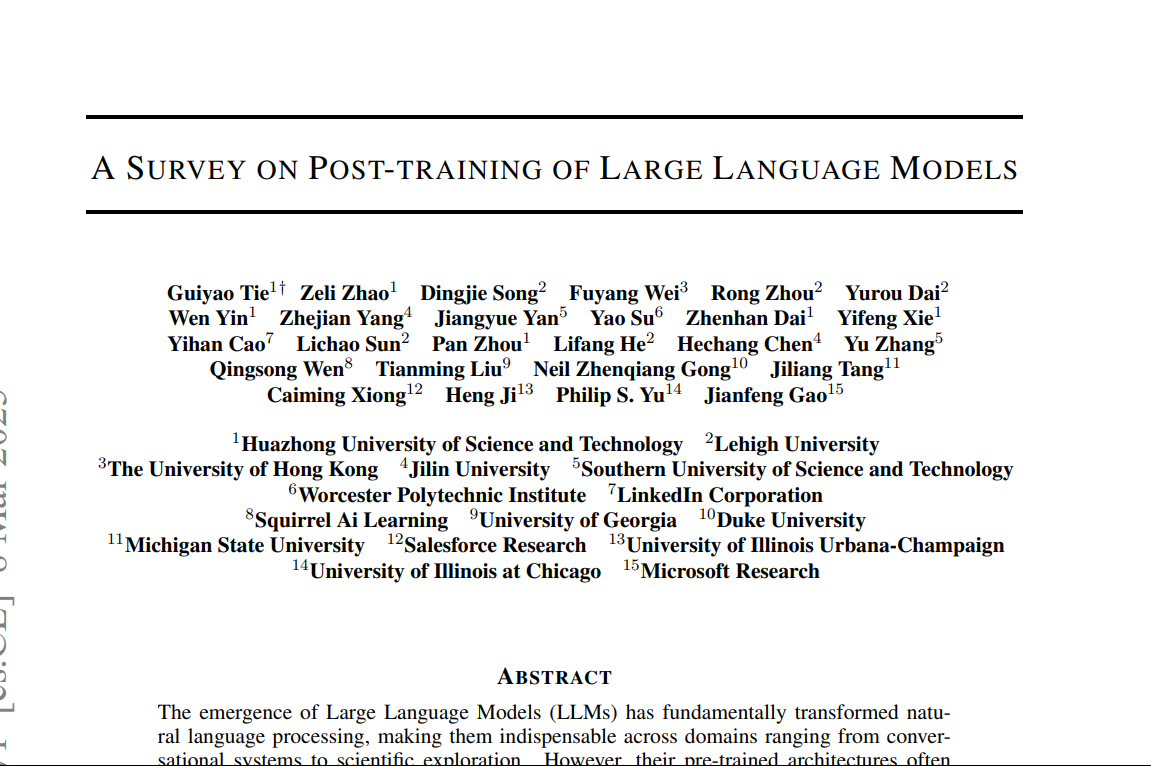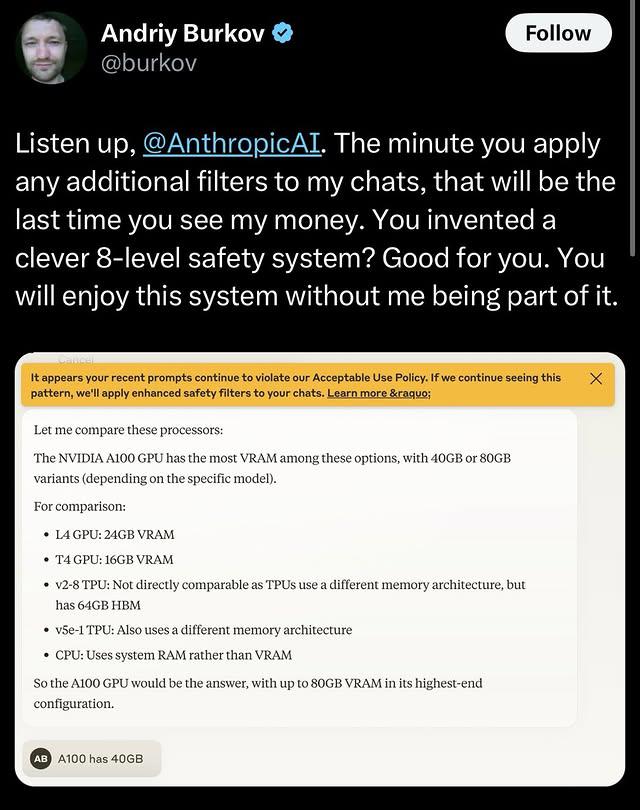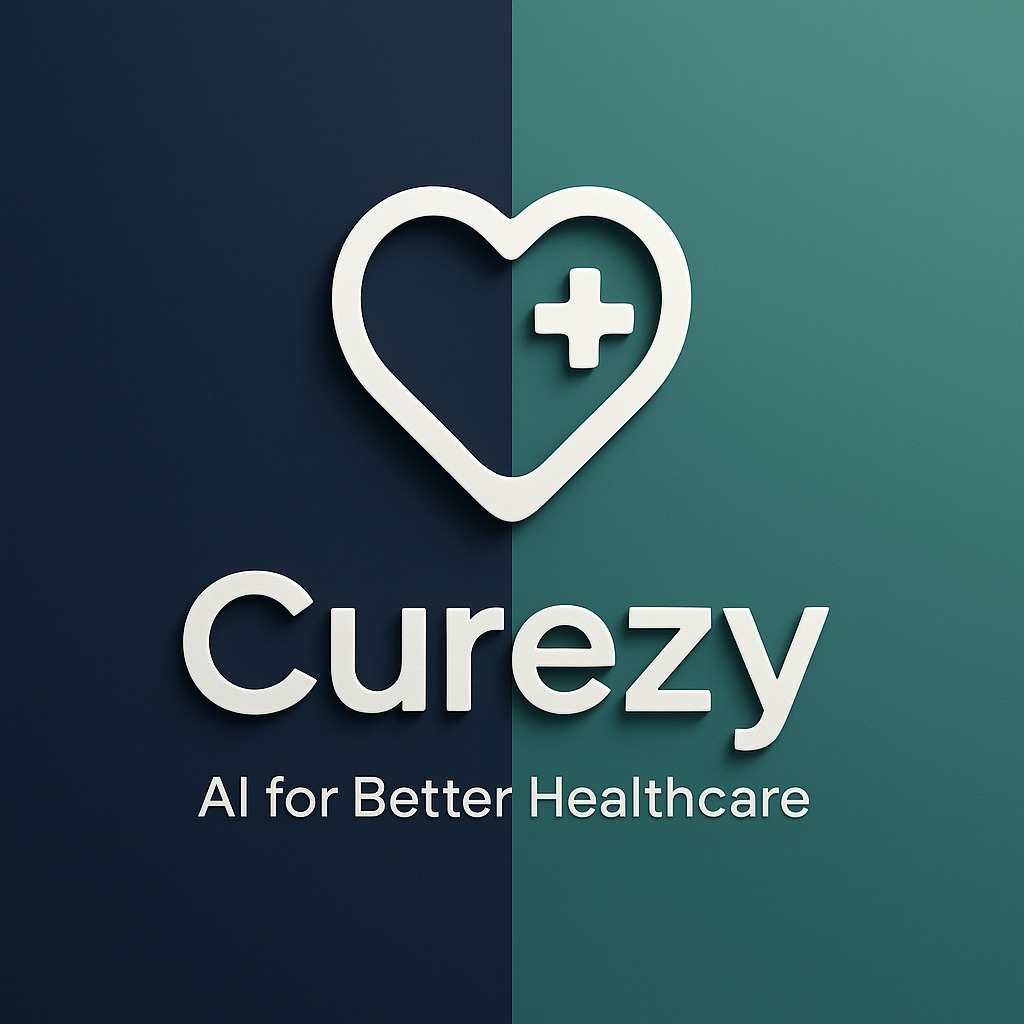Back
Anonymous 3
•

Amazon • 1y
Closed-source models like GPT-4 or Gemini often lead the way in terms of cutting-edge features and performance. If your project demands state-of-the-art language understanding or multi-modal capabilities, these proprietary models might be worth the investment. However, be prepared for associated costs. But, if your project requires specialized domain knowledge or unique data, fine-tuning open-source models might be the way to go. again, if time-to-market and immediate performance are critical, consider closed-source options.
Replies (2)
More like this
Recommendations from Medial
Anonymous
Hey I am on Medial • 1y
Hi any body using foundational models (llms) in development if you doing so are you using closed like gpt or Gemini for opensource models if you are using closed source why only that because you can save money by using opensource with low parameter m
See MoreMohit Singh
19yo ✨ #developer le... • 1y
Meta, formerly Facebook, has unveiled two new open-source AI models called Llama 3 8B and Llama 3 70B, with 8 billion and 70 billion parameters respectively. 🚀 These models outperform some rivals and spark debate over open versus closed source AI de
See MoreAI Engineer
AI Deep Explorer | f... • 8m
"A Survey on Post-Training of Large Language Models" This paper systematically categorizes post-training into five major paradigms: 1. Fine-Tuning 2. Alignment 3. Reasoning Enhancement 4. Efficiency Optimization 5. Integration & Adaptation 1️⃣ Fin
See More
Bharat Gautam
Build something that... • 5m
Open for Partnership 😉 Let's build something that can chenge everything Looking for Collaborators: Building a Universal ECU Tuning Tool for Phones & Laptops 🔧💡 Hey folks! I’m working on an ambitious project and looking for developers, automotiv
See MoreChetan Bhosale
Software Engineer | ... • 1y
💡 5 Things You Need to Master for learn for integrating AI into your project 1️⃣ Retrieval-Augmented Generation (RAG): Combine search with AI for precise and context-aware outputs. 2️⃣ Vector Databases: Learn how to store and query embeddings for e
See MoreJainil Prajapati
Turning dreams into ... • 9m
India should focus on fine-tuning existing AI models and building applications rather than investing heavily in foundational models or AI chips, says Groq CEO Jonathan Ross. Is this the right strategy for India to lead in AI innovation? Thoughts?
Pranav padmanabhan
AI Data Scientist • 4m
GPT-OSS feels like the right move. Open source isn’t just about code access, it’s about freedom to build and truly own what you’re creating. With closed models, that’s always been limited. This opens up a lot. Feels like the start of something good
See MoreDownload the medial app to read full posts, comements and news.

































